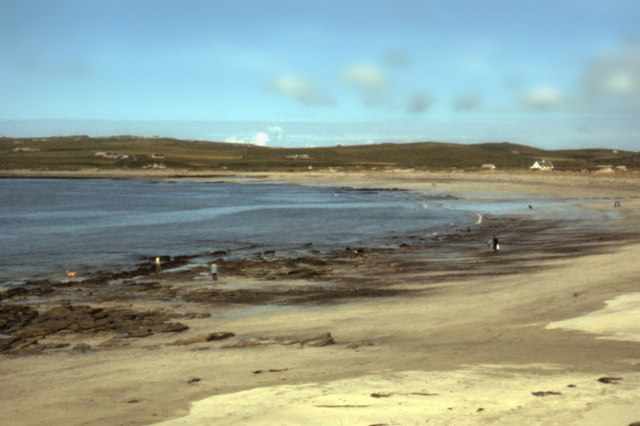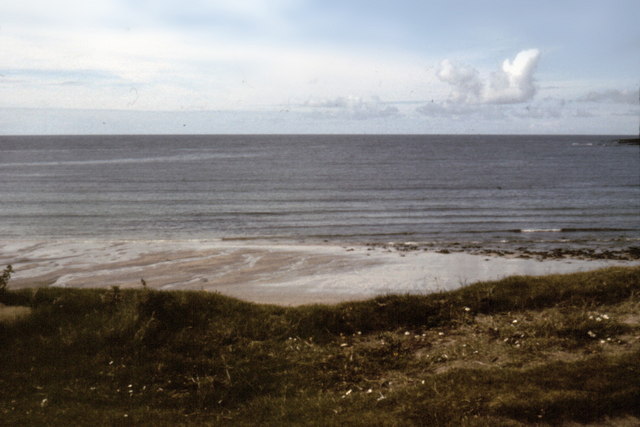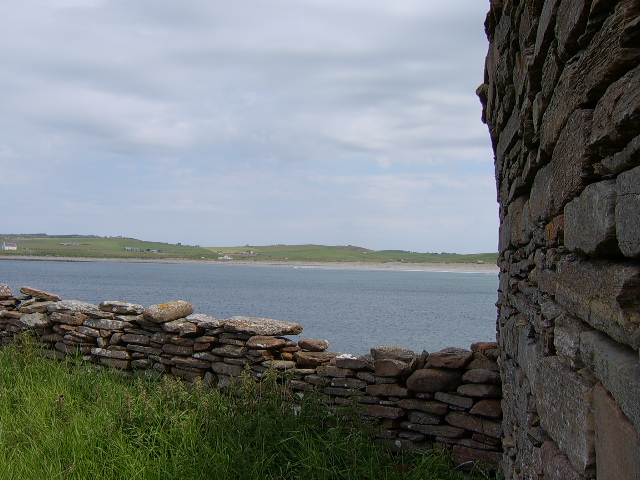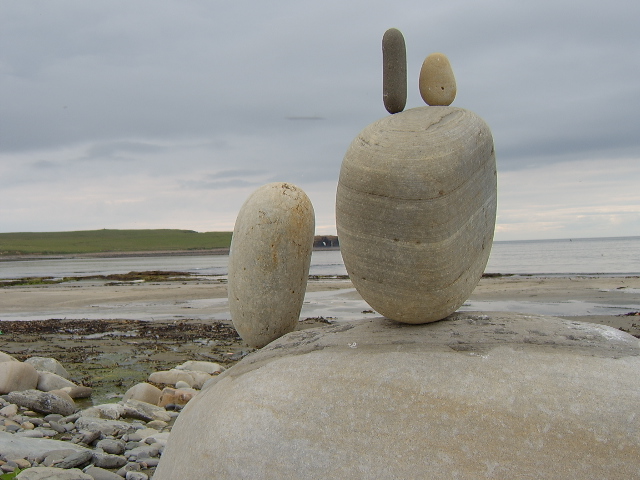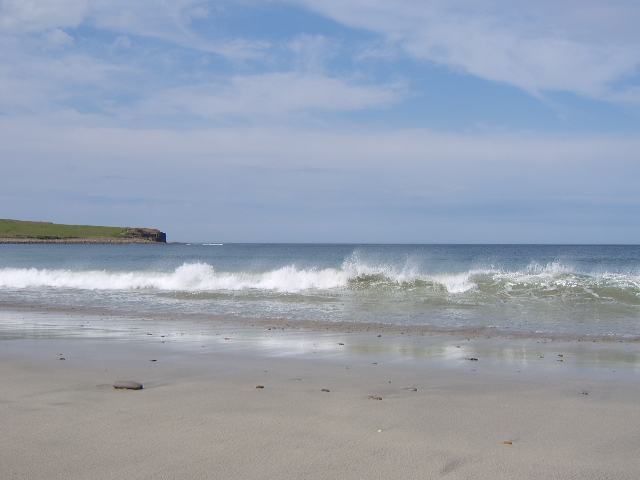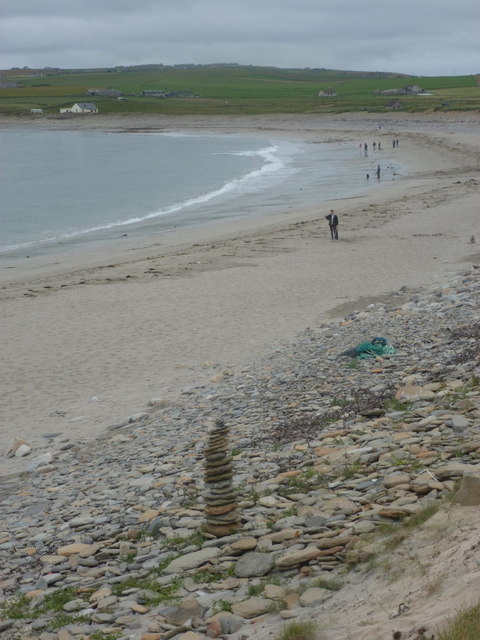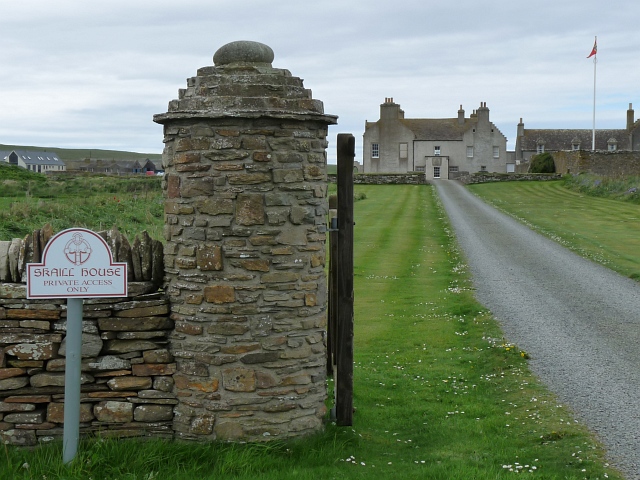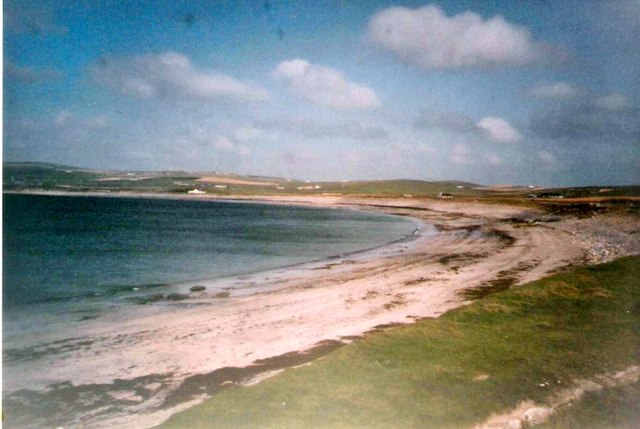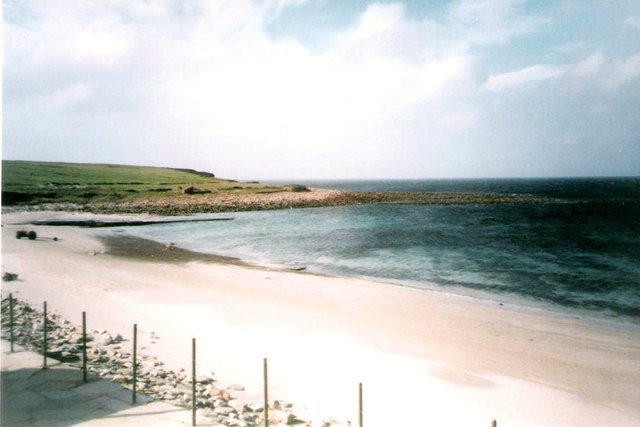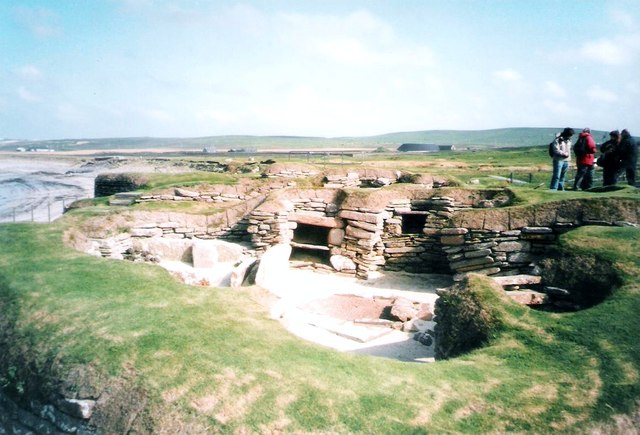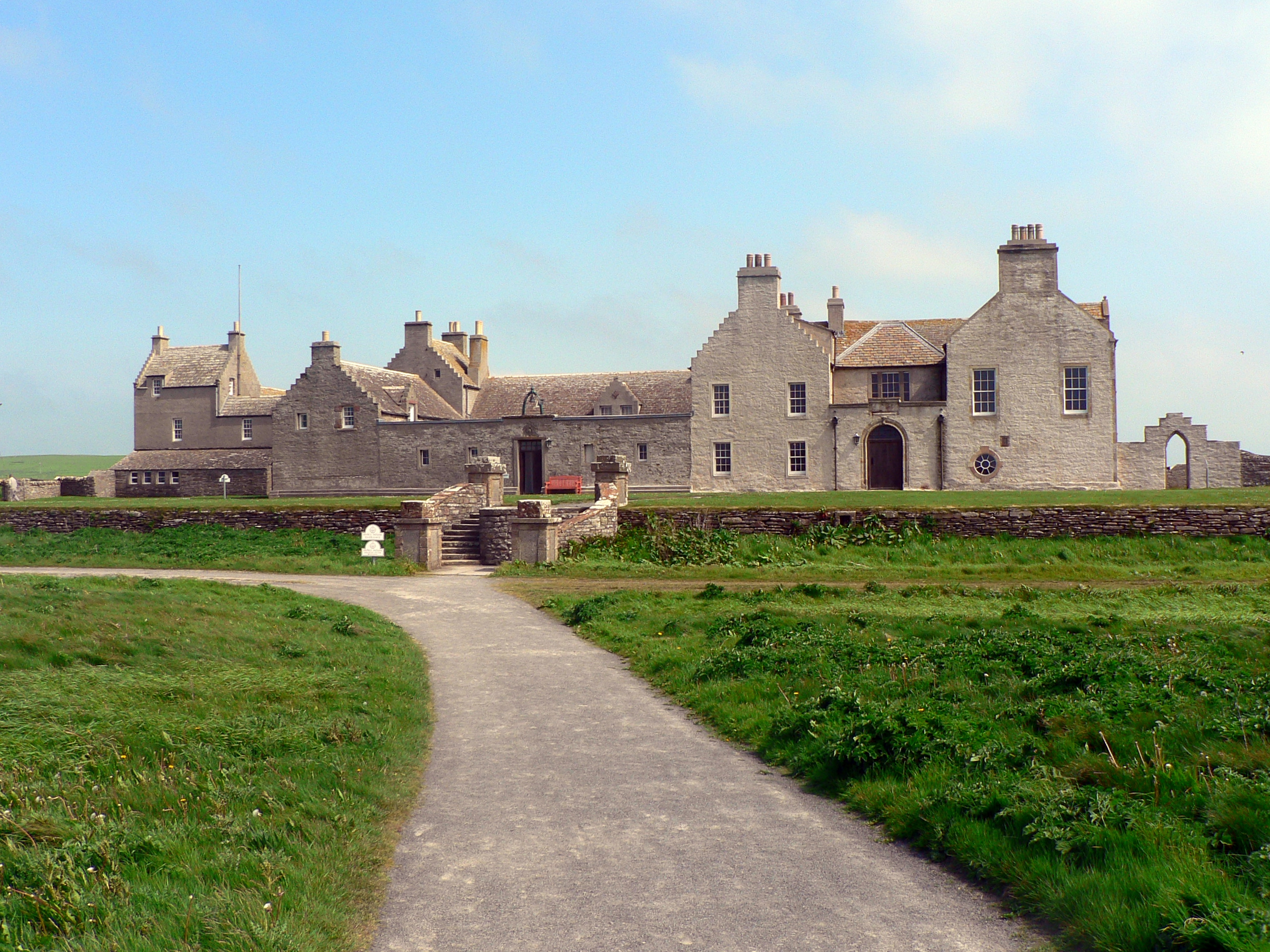Hellia Gibb
Coastal Feature, Headland, Point in Orkney
Scotland
Hellia Gibb
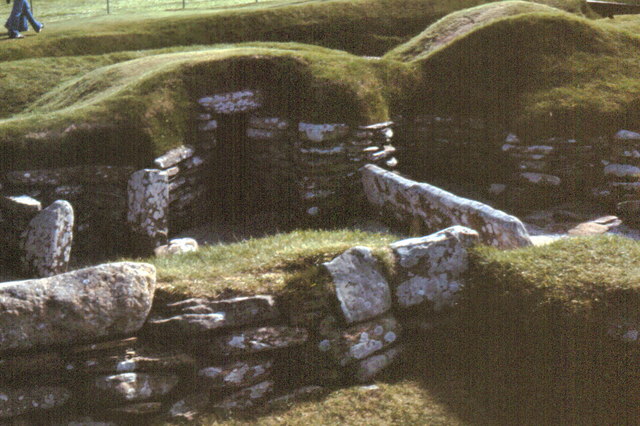
Hellia Gibb is a notable coastal feature located in Orkney, a group of islands situated off the northeastern coast of Scotland. It is specifically situated on the mainland of Orkney, near the town of Stromness. Hellia Gibb is categorized as a headland or point due to its prominence and unique geographical characteristics.
Rising approximately 50 meters above sea level, Hellia Gibb offers breathtaking panoramic views of the surrounding coastal landscape. Its rugged cliffs and rock formations attract visitors and nature enthusiasts from all over the world. The headland is composed of sandstone and is predominantly covered in lush grass and heather, creating a striking contrast against the deep blue waters of the North Atlantic Ocean.
Hellia Gibb is also known for its rich biodiversity and serves as a habitat for various seabird species, including puffins, guillemots, and fulmars. These birds nest on the cliffs, providing a spectacular sight for birdwatchers and wildlife photographers.
The headland is easily accessible by foot, with well-maintained trails leading visitors to the top. It is a popular destination for hikers and offers opportunities for coastal walks and exploration. The surrounding area is also home to other notable landmarks, such as the Old Man of Hoy sea stack, adding to the allure of Hellia Gibb.
In conclusion, Hellia Gibb is a stunning headland in Orkney, Scotland, offering breathtaking views, diverse wildlife, and opportunities for outdoor activities. Its natural beauty and significance make it a must-visit coastal feature for both locals and tourists alike.
If you have any feedback on the listing, please let us know in the comments section below.
Hellia Gibb Images
Images are sourced within 2km of 59.049281/-3.3448591 or Grid Reference HY2218. Thanks to Geograph Open Source API. All images are credited.

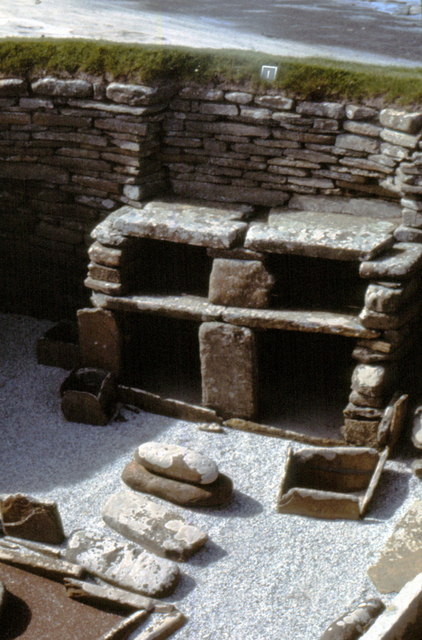
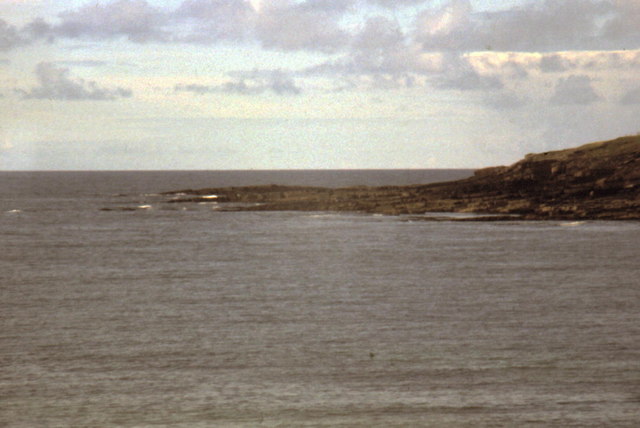
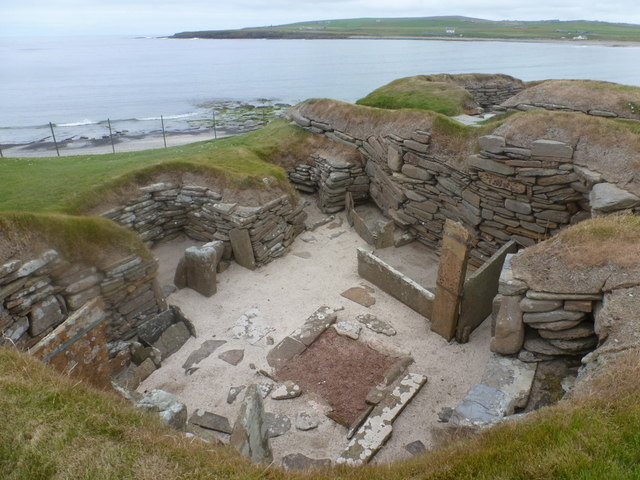
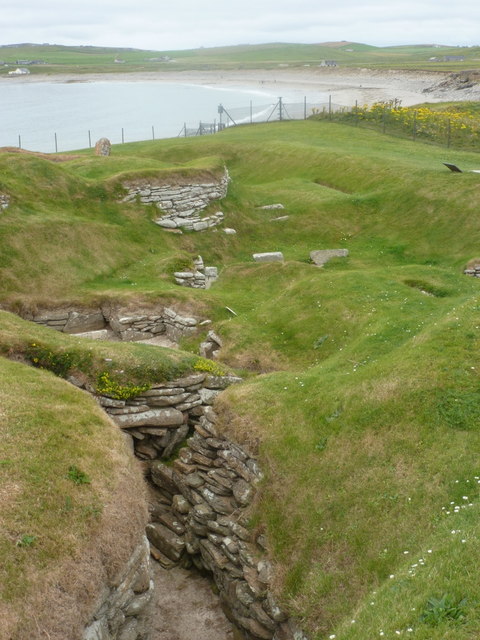
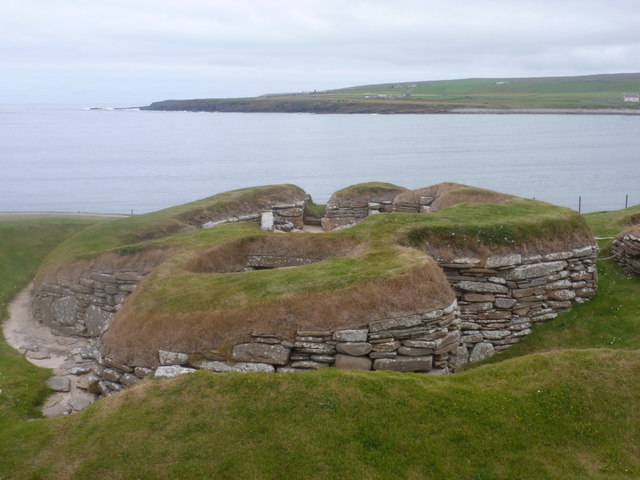
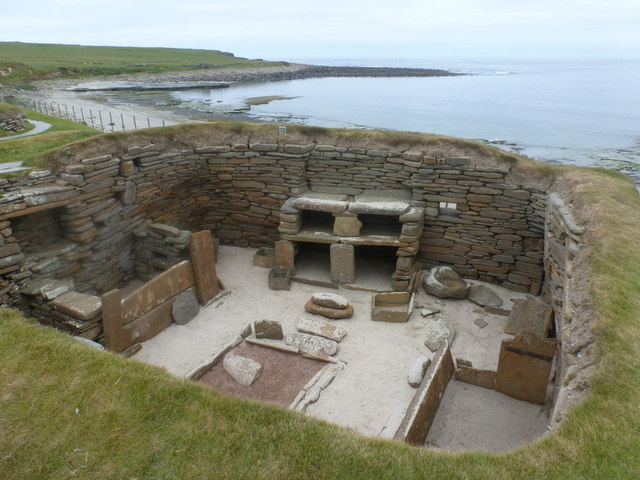
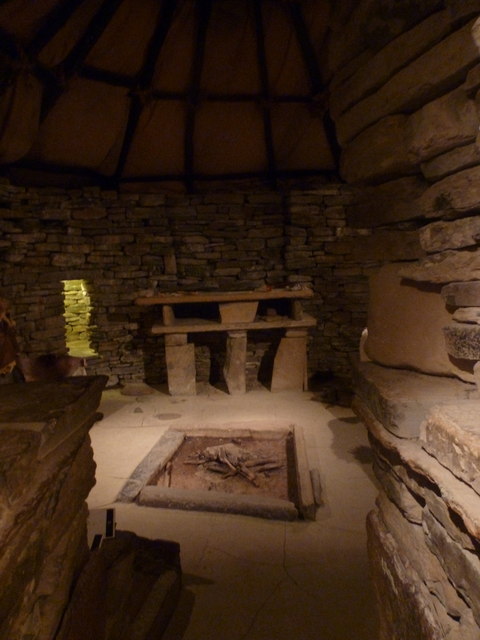
Hellia Gibb is located at Grid Ref: HY2218 (Lat: 59.049281, Lng: -3.3448591)
Unitary Authority: Orkney Islands
Police Authority: Highlands and Islands
What 3 Words
///choppers.soup.treaties. Near Sandwick, Orkney Islands
Nearby Locations
Related Wikis
Skara Brae
Skara Brae is a stone-built Neolithic settlement, located on the Bay of Skaill on the west coast of Mainland, the largest island in the Orkney archipelago...
Skaill House
Skaill House is a historic manor house in Sandwick parish on Mainland, the largest of the Orkney Islands, Scotland. The house overlooks the neolithic site...
Bay of Skaill
The Bay of Skaill (from Old Norse Bugr Skála) is a small bay on the west coast of the Orkney Mainland, Scotland. == Visitor attractions == Bay of Skaill...
Loch of Skaill
The Loch of Skaill is a small somewhat triangular, freshwater loch in the parish of Sandwick, Orkney on Mainland Orkney, Scotland. It lies 0.5 mi (0.80...
Nearby Amenities
Located within 500m of 59.049281,-3.3448591Have you been to Hellia Gibb?
Leave your review of Hellia Gibb below (or comments, questions and feedback).
